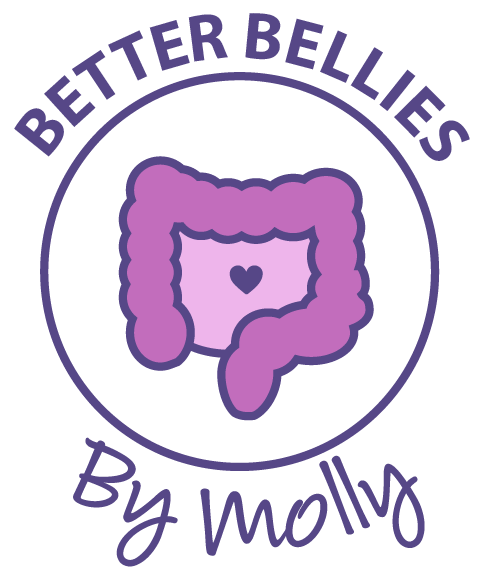Types of IBD Remission
For the longest time I thought remission was simply feeling better and having less IBD symptoms. After living with ulcerative colitis for over 11 years and doing my own research I now know there are many layers to remission. Below is a summary of the types of remission for people living with inflammatory bowel disease (IBD).
Clinical Remission: Clinical remission is when your symptoms have improved or gone away. For example, if your healthcare provider ever mentions “clinical remission” to you they are likely referring to you reporting an improvement in your symptoms. You could still have inflammation in your gastrointestinal (GI) tract but that cannot be based on symptoms alone.
Endoscopic Remission: Endoscopic remission is when there is no evidence of inflammation in your GI tract under the endoscope or “scope”. Meaning the doctor sees no inflammation on the screen or in the images they take. IBD patients get different types of scopes, based on disease and inflammation location.
A few common types of scopes are: colonoscopies (colon), sigmoidoscopies (lower colon), ileoscopies (small intestine via stoma), esophagogastroduodenoscopy (EGD)-esophagus, stomach, duodenum-(part of small intestine), enteroscopies (small intestine), rectoscopies (rectum, bile duct), anoscopies (anus).
Histological Remission: Histological remission doesn’t have an agreed upon definition like the above types but is generally referred to when there is no inflammation in the lining of the GI tract. Meaning no evidence of inflammation when tissue samples (biopsy tissue) is studied under the microscope. When the biopsies retrieved from the scope (ex: colonoscopy) procedure are looked at under the microscope and show no active inflammation or signs of disease is when histological remission has been achieved!
Radiologic Remission: Radiologic remission is when there is no sign of inflammation on imaging scans of the GI tract. A few common types of radiographic imaging of the GI tract are: barium esophagram (barium swallow), upper gastrointestinal series with or without small bowel follow through x-rays (commonly referred to as “upper GI” or “lower GI” or “upper GI with small bowel follow through,” you will know if you have had this test because you would have had to drink barium and that isn’t something you will likely forget), and barium enema x-rays.
Normal Markers of Inflammation: Is when blood tests and fecal calprotectin (poop tests) show no signs of inflammation.
Personal note:
For a while the first several gastroenterologists I had, never even mentioned the word remission to me. I was simply trying to feel better, based on my symptoms because that was all I knew. Sometimes my symptoms didn’t match what my test results said, and I found that infuriating as it also made it easier for the providers, I was seeing to dismiss me.
I had to keep trying new providers in order to find one whose goal was to help me get into remission. Even with a great provider on your side it can be hard to get your IBD into a remissive state. It took 6 years before I ever heard the words remission from a healthcare provider. It was the best feeling; I can’t even describe it. I have been in and out of remission but work closely with my healthcare provider to monitor my ulcerative colitis.
Lastly, please know that no matter how much you try and how much effort you put in to try and do “all the things,” to find remission, our bodies do their own thing sometimes. We don’t have full control over our IBD, and we cannot blame ourselves for our flare-up’s. Yes, I do it to myself too. However, not being in remission isn’t our fault and nothing to blame ourselves for. How about we help each other give ourselves more grace!

